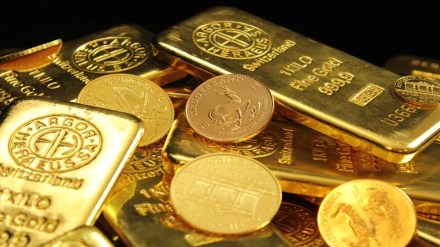More people are betting big on Gold. ICRA expects jewellery consumption to increase by 12 to 14 percent, by value, in FY26. However, at the same time, there is expected to be a 9 to 10 percent decline, by volume, in gold jewellery consumption, the report says.
Despite the decrease in the gold consumption volume, the rise in total consumption by value is driven by the surge in gold prices. This is in continuation of the trend in the sector, as last fiscal year also witnessed a 28 percent growth in the value due to a 33 percent surge in gold price, while by volume, consumption decreased.
At present, gold prices are 20 percent higher than the average prices in FY24.
ICRA’s take on gold industry
Jitin Makkar, Senior Vice President and Group Head at ICRA, says that, based on the inputs from the 14 largest gold jewellery retailers in the country, it is expected that there will be a 14 to 16 percent post-revenue growth in FY26.
“This will be supported by continued gold price appreciation, planned retail expansion, and market share gains from the unorganised segment. A higher number of auspicious days in the fiscal is also expected to lend some support to demand, despite elevated prices and declining volumes”, Makkar added.
Investors remain optimistic
Investors remain keen on buying bars and coins. In the last two years, FY24 and FY25, consumption of gold bars and coins has increased by 17 and 25 percent, respectively.
According to the ICRA’s estimates, the demand for gold bars and coins is expected to increase by 10 percent in FY26. Further, the bullion demand is going to contribute about 35 percent to the total gold demand in the country, the report adds.
Stagnant margin
The ICRA report estimates that the operating margins in the gold industry will increase by 30 basis points or 0.3 percent in FY26. The report says that in the FY26 industry’s margins are expected to reach 7.2 percent.
“Despite a projected 30 bps expansion in operating margins in FY2026, net margin expansion will remain limited within 10 basis points due to higher financing costs stemming from elevated GML rates and increased working capital borrowings driven by high gold prices and planned store additions,” Makkar explained.
